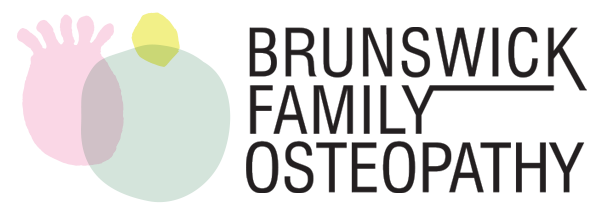Lower Back Pain
“Lower back pain is the single leading cause of disability worldwide and the condition for which the greatest number of people may benefit from rehabilitation.”(1)
Image courtesy of Shuttersnap Usplash
As osteopaths we see a lot of people present with lower back pain. This may range from acute debilitating episodes where even simple movements like rolling over in bed, getting up from sitting or bending forward are agony, to chronic low back pain sufferers with persistent pain that lingers despite trying various therapies and rehab exercises. Many people find lower back pain affects their quality of life and mental-wellbeing, impacting on work activities and social engagement with family and friends.
Anatomy:
The lower back is made up of different structures which support most of the weight in the upper body. There are five lumbar vertebrae (L1-L5), between these are round rubbery discs that act to absorb force and provide cushioning to the joints as the body moves. Thick bands of tissue, calle ligaments, hold the vertebrae in place and muscles attach to the vertebra via tendons. Pairs of nerves exit from the spinal cord through the vertebrae, they are responsible for controlling movement, sensation and transmitting signals from the body to the brain. (2)
The cause of lower back is multifactorial and complex, there may be any number of reasons as to why someone feels pain in this area. Most commonly we see acute lumbar spine injuries, degenerative conditions or pain that is referred from another area eg pelvis, hip or knee. Common acute injuries include lumbar facet sprains and lumbar disc injuries with or without nerve irritation. Degenerative conditions can also cause low back pain and include varying forms of arthritis and disc degeneration.
Risk factors:
Low physical activity levels.
Smoking.
Obesity.
High physical stress at work.
Lifestyle stress.
Treatments for lower back pain:
Manual therapy will improve joint function, as well muscle and connective tissue tone.
Improving muscle strength, especially core muscles.
Reviewing work ergonomics to reduce strain during physical work.
Making lifestyle changes e.g. increasing physical movement, stress, improving diet and sleep habits.
Mental and social support to help people manage pain and return to regular activities.
Self care is an essential part of managing lower back pain and returning to or maintaining regular functioning. Important elements are;
Understanding your pain. There are many different types and causes of pain. Pain may also be there to let you know what activities are aggravating.
Regular physical activity. Swimming, Pilates, yoga, strength training and tai chi are often helpfull.
Optimizing mental wellbeing.
Getting good sleep.
Engaging in meaningful social and work activities.
Making ergonomic changes to daily activities at work and home/
Avoiding smoking and maintaining a healthy body weight.
Low back pain and your Osteopath.
If you visit one of our Osteopaths for help with lower back pain, they will take a detailed subjective assessment of your condition. They will ask questions to help identify the cause of your symptoms and rule out non-musculoskeletal causes.
They will complete a physical assessment to see if you have an issue in the movement or musculoskeletal alignment of your pelvis, hips and lumbar spine. If it is decided that Osteopathic treatment is appropriate for you, you will be prescribed an individualised treatment plan that often involves manual therapy, posture advice and exercises.
For more information, please talk to your Osteopath or health professional.
References:

